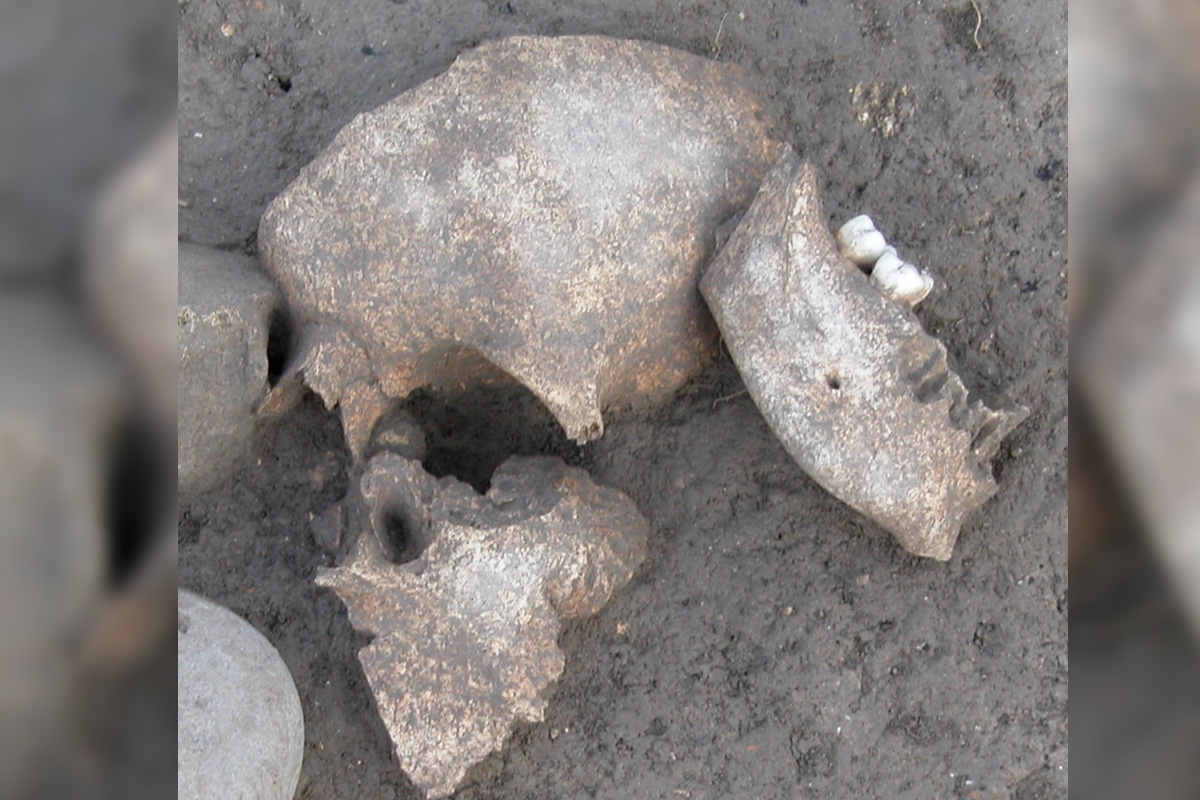These 2,000-Year-Old Embalmed Heads Show How Ancient Celts Celebrated Victory

The ancient Celts took boasting of their conquests to an extreme: They hung the severed heads of their victims around the necks of horses to parade the gory trophies around. And now, archaeologists have found the macabre evidence — embalmed, severed heads dating back more than 2,000 years in France.
Ancient Greek and Roman texts suggested Celts in the region of Gaul — what is now France and neighboring areas — cut off the heads of their enemies after battle and hung them around the necks of their horses as they brought these grisly trophies back home. Sculptures depicting this practice found in the Iron Age settlement of Entremont in Provence in southern France corroborated these stories.
Past records also suggested that the Celts embalmed these decapitated heads to display them in front of their homes "as trophies to increase their status and power, and to frighten their enemies," study senior author Réjane Roure, an archaeologist at Paul Valéry University of Montpellier in France, told Live Science. [25 Grisly Archaeological Discoveries]
Now, researchers have evidence these claims were real, detailing their findings online Nov. 7 in the Journal of Archaeological Science.
Scientists analyzed pieces of skulls found at the Celtic site of Le Cailar in southern France, which archaeologists discovered in 2000. The fortified Iron Age settlement — located on a small hill near a wide lagoon connected to the Rhône River — was a harbor for Mediterranean traders.
From 2003 to 2013, scientists at the site excavated about 50 skulls, broken into about 2,500 pieces. The skulls were found alongside weapons and near what was possibly one of the settlement's gates. The placement of the heads and weapons suggests they were, long ago, on display in a large, open space inside the site, the researchers said.
The site was occupied from the sixth century B.C. until the first century A.D., after the Roman conquest of Gaul. The skulls date from the third century B.C., which was known for its many battles and wars across almost the whole of Western Europe, the researchers said.
Get the world’s most fascinating discoveries delivered straight to your inbox.
The scientists chemically analyzed 11 skull fragments to see if they possessed traces of embalming. Six fragments bore signs of conifer resin, along with molecules that are present only when the resin of pine trees gets heated to a high temperature. This is the first time that chemical analysis has found evidence that Celts embalmed heads during the Iron Age, the researchers said.
Future research can explore whether these heads were embalmed during the whole of the third century B.C., or whether this practice happened only during a short time during that century, Roure said. "Also, there are many other severed heads in Iron Age Europe, and it would be very interesting to know if they were all embalmed," he said.
Originally published on Live Science.




